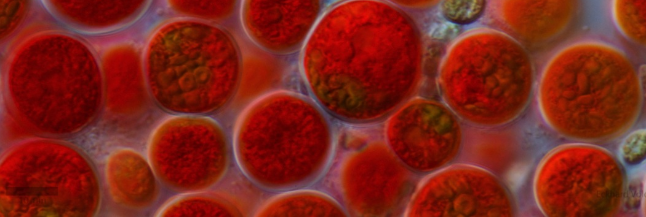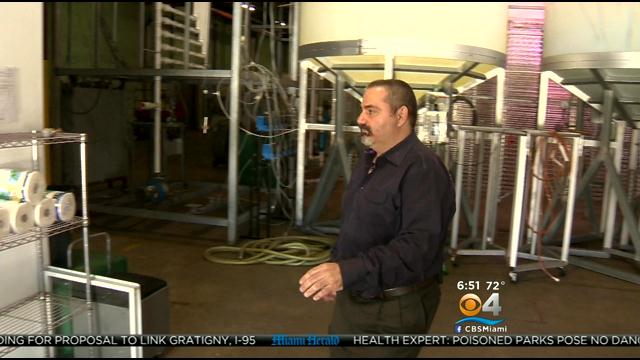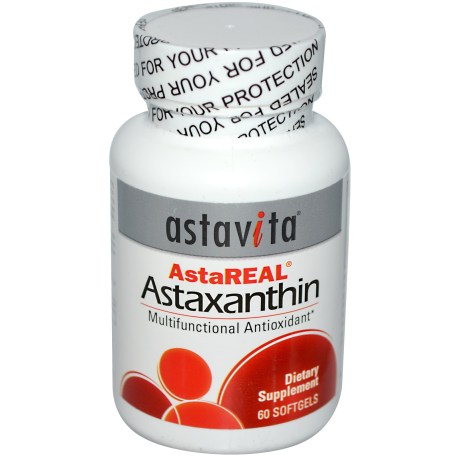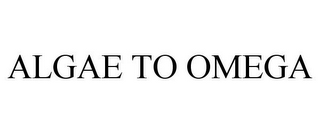
Algae for a Healthier World — Algae to Omega Holdings, Inc. provides highest quality, natural, chemical-free and sustainable raw materials, functional foods, health supplements, and personal care products through innovative algae cultivation, extraction, and manufacturing technologies.
ALGAE IS RESPONSIBLE FOR APPROXIMATELY 70% OF THE EARTH’S OXYGEN. (http://inited-tech.com/author/unitedmgr/) SINGLE-CELL ALGAE, CALLED PHYTOPLANKTON, IS A MAIN SOURCE OF FOOD FOR FISH AND OTHER AQUATIC LIFE. IT IS A NATURALLY OCCURRING PLANT THAT GROWS IN THE WATER. IT CREATED THE ENVIRONMENT.
Algae has been present since the dawn of time and if you study the lineage of any plant, tree or bush you see, algae can be traced to millions and millions of years ago. Without algae there would be no life in the ocean.
This is indeed “good” algae that produces omega oils and nutrients; a terrific food source. Just as it can be traced to millions and millions of years ago, it has the potential to benefit the health of millions and millions of people.
Algae to Omega, launched in a garage in South Florida in 2009 is the brainchild of Geronimos Dimitrelos, founder, Chairman and CTO. His company produces “good algae,” now sold in all Whole Foods stores in the U.S. as Omega Olive Oil.

Geronimos Dimitrelos
Good algae are the primary natural source of astaxanthin in the aquatic food chain. The primary use of astaxanthin for humans, according to Wikipedia “is as a dietary supplement. Research suggests that, due to astaxanthin’s antioxidant activity, it may be beneficial in cardiovascular, immune, inflammatory and neurodegenerative diseases. Some research supports the assumption that it may protect body tissues from oxidative and ultraviolet damage through its suppression of NF-κB activation.[31][32] In addition to the compound’s anti-inflammatory and anti-oxidative capabilities, animal evidence suggests that astaxanthin has the potential to modulate aging.”

Algae to Omega recently purchased the old Indian River Correctional Institution site in Vero Beach, FL where the jail cells will be filled with 800 and 3,000 gallon tanks with LED lights to produce good algae.
Algae to Omega will use the Correctional Institution production facility in Vero Beach to provide products as raw material for companies who currently need a steady supply while it expands into the growing markets of algae, as well as using the property as an incubator or agritechnology hub by co-locating synergistic projects on the property. The link below is a news release that CBS did on Algae to Omega.
https://screen.yahoo.com/ceo-corner-geronimos-dimitrelos-ceo-121500826.html

Algae to Omega will be a catalyst of a green Agritech hub, where one business’ waste stream becomes the other’s input stream. These include but not limited to fish farming, hydroponic farming and green rehabilitation.
For example, rest algal biomass after extraction of high-value astaxanthin will serve as a high-quality organic fish feed, whereas the fish farm’s wastewater provides essential nutrients to the algae and hydroponics growth (which also saves Algae to Omega fertilizer costs for algal growth).
Algae to Omega will also use CO2 waste streams from a waste-to-energy facility located on the neighboring land as an input stream to feed its algae growth and hydroponic projects (which also saves Algae to Omega CO2 costs for algal growth). This closed loop/zero discharge permaculture method will be a model for other companies to emulate and could also realize carbon credit income while being low on COGS.
One of the biggest lease contracts that will benefit from this model is the aquaculture industry because of the synergy between algae and our ecosystem specifically fish farming. Algae based feeds will dramatically reduce the need of the depleting small fish stocks used to produce fish meal and provide a far healthier/natural alternative. (see video below).
Right now fish feed is mainly made with fish meal (an array of blended fish), soy, wheat and/or corn. It approximately takes 4kilos of fish to make 1kilo of fish which is unsustainable while the fillers (soy, corn, wheat…) are not found naturally in their diet, which causes a completely other problem, indigestibility. This compounded effect in-turn causes a dead zone component because assimilation of the food is not effective and fish waste piles up plus other problems.
The fish farms also become a synergistic partner as they will buy our algae for their feed inexpensively because shipping costs are avoided plus the fish farm’s wastewater provides essential nutrients to the algae which in turn reduces the COGS. This also provides crystal clean water that is return back to the fish farms for faster growth rate This closed loop/zero discharge permaculture farm is a perpetual growth model; simply meaning fish poop, algae eat the poop, feed the algae to the fish, repeat.
Mr. Dimitrelos wants to change people’s mindset from “That’s gross – I want to get rid of it,” to “I need it and I want it.”
He believes, “Hands down, good algae is the future of big business.” It contains carbohydrates, protein, trace minerals and lipids and can treat illnesses such as Alzheimers disease, high cholesterol, lung functions, depression, anxiety and weight loss.
Even in animals, with good algae chickens produce more eggs per year and cattle have longer milking seasons.
“Right now we cannot support the demand,” says Mr. Dimitrelos. “Especially considering there are seven billion people on the earth.”

not very accurate. call ORCA in ft pierce. talk to dr edie or george but please do spread this kind of bs,
LikeLike
The information in this article was referred to us by Harbor Branch.
LikeLike
of course it was. they are in denial. call orca or call the indian river keeper.
LikeLike